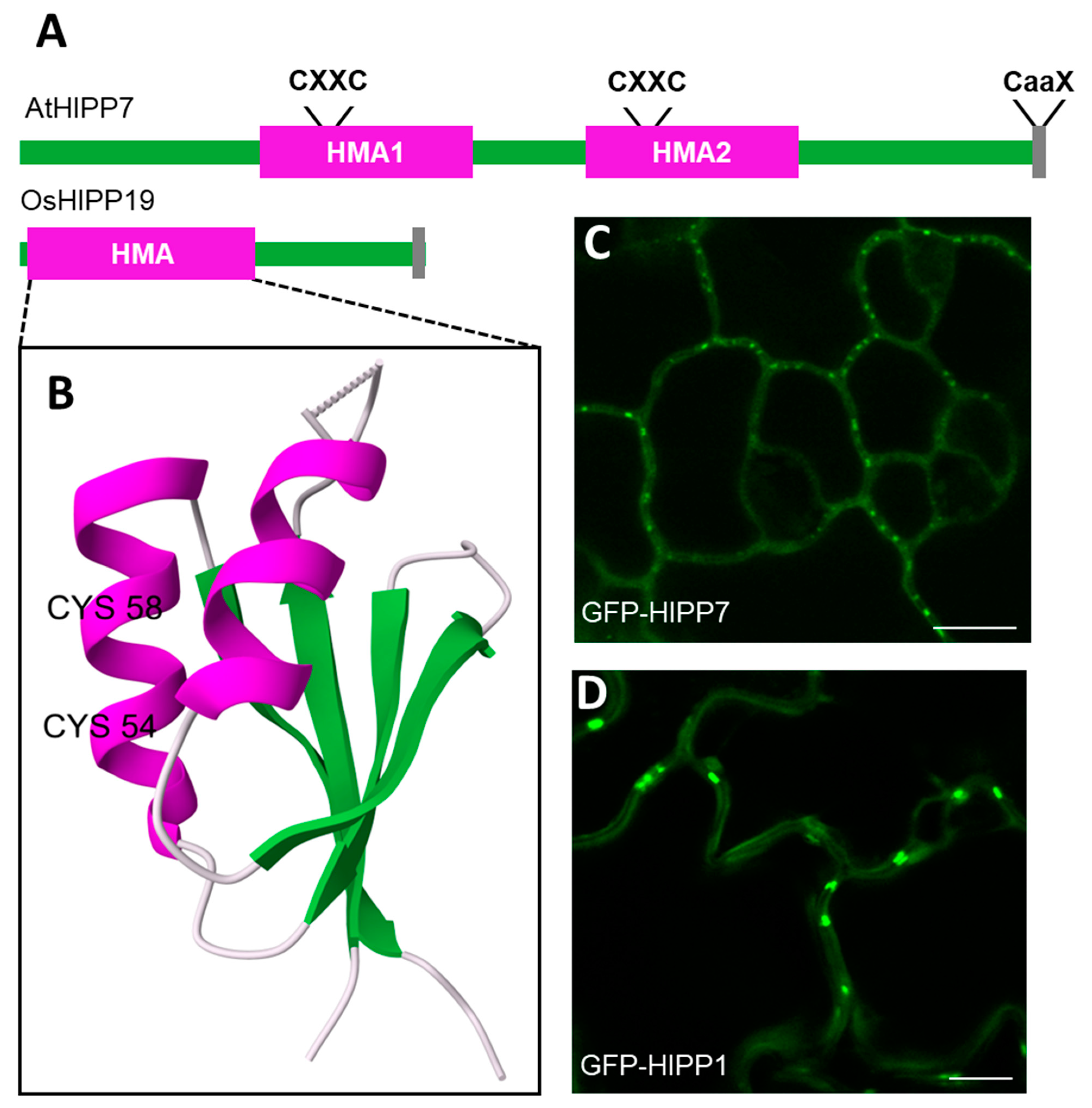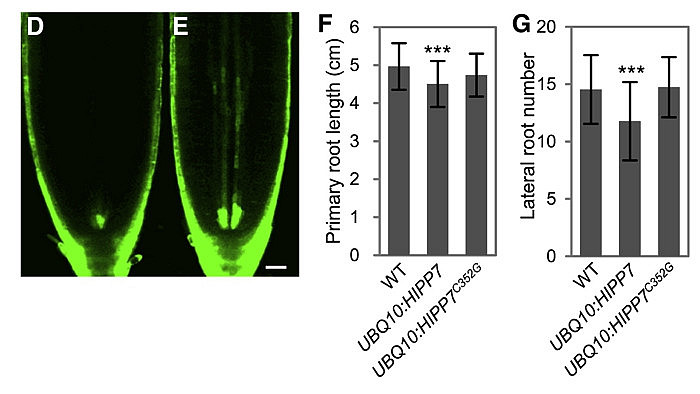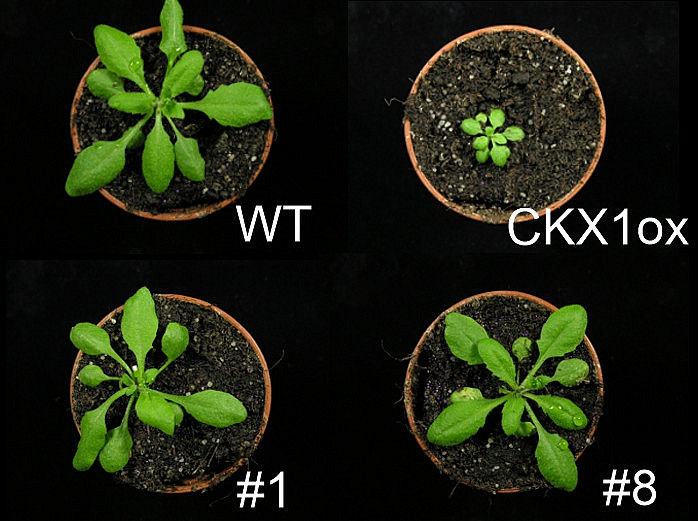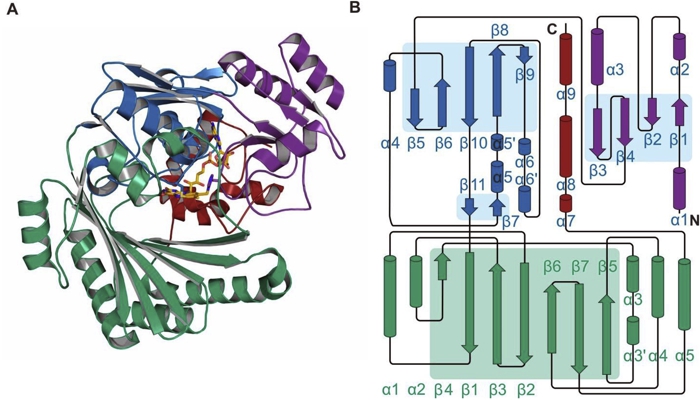Research Focus
Molecular and developmental biology of plants

Our lab is focused on studying the role of Heavy metal-associated isoprenylated plant proteins (HIPPs) in plant metal homeostasis, stress responses, and developmental processes. We are particularly focused on understanding how HIPPs, with their unique combination of HMA domains and isoprenylation sites, influence plant development and stress responses.
Furthermore, our research has recently uncovered a subset of HIPPs present in plasmodesmal proteomes, indicating their localization to plasmodesmata, essential membrane-lined channels in plant cell walls. This finding suggests that HIPPs may play a crucial role in regulating processes at these sites, although their specific functions at plasmodesmata have not yet been characterized. (see Guo et al., 2021; Barr et al., 2023)
We are interested in understanding the quality-control mechanisms in eukaryotic organisms, particularly those involved in monitoring protein folding in the endoplasmic reticulum (ER) and removing non-native proteins through ER-associated degradation (ERAD). We are especially interested in the role of heavy metal-associated isoprenylated plant proteins (HIPPs) in the ERAD of cytokinin-degrading CKX proteins during plant development. Our recent findings demonstrate that HIPPs play a vital role in controlling the ERAD of CKX proteins, impacting cytokinin signaling, plant morphology, and ER stress tolerance. This research sheds light on novel functional components of plant ERAD and their significant implications for plant development and stress responses (see Guo et al., 2021).


We aim to understand underlying mechanisms of cytokinin activity and to identify new genetic factors, which mediate or interact with the hormone activity. To this end, we for example carry out forward genetic screens, map the isolated genes and characterize them functionally.
Example of a forward genetic screen in Arabidopsis thaliana. Suppressor mutagenesis screen of cytokinin deficient Arabidopsis plants overexpressing a CKX gene and displaying complex phenotypic changes. Examples of growth rescue in different recessive and dominant second-site rock suppressor mutants (see e. g. Niemann et al. 2015; Bartrina et al. 2017).
In a cooperation project with Graz University of Technology, we are exploring the roles of plant secondary metabolites and the enzymes involved in their biosynthesis. Together we are exploring the diverse functions of berberine bridge enzyme-like (BBE-like) proteins, particularly in the model plant species Arabidopsis thaliana, aiming to understand their involvement in plant defense, immunity, and potential roles in lignin metabolism. Our work involves advanced techniques such as crystal structure determination and in planta experiments to unravel the specific functions of these proteins and their impact on plant physiology.
